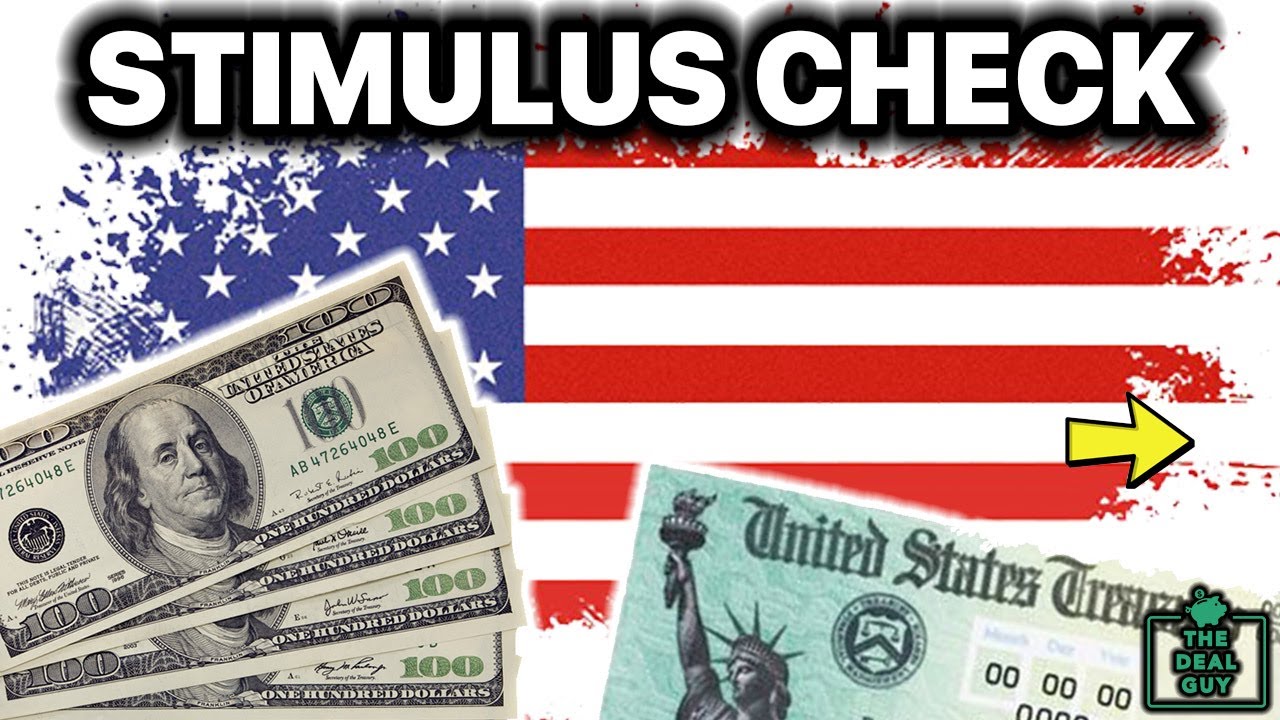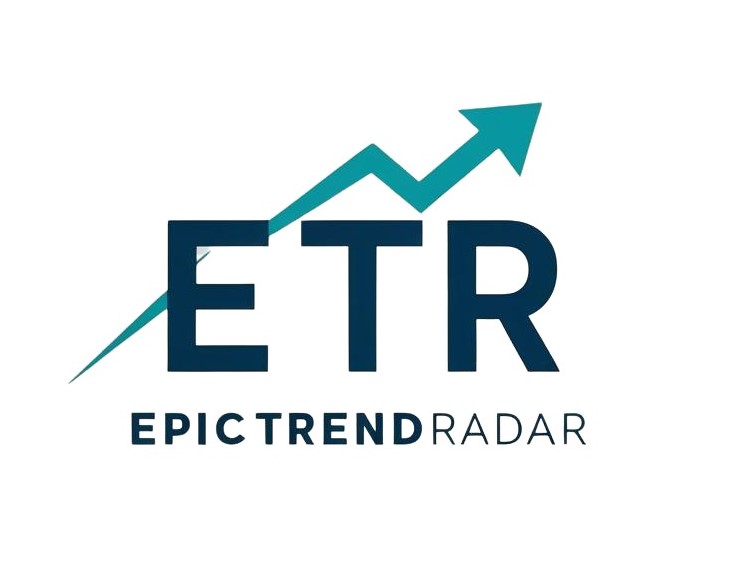
January 240 Comments
Taxpayer Stimulus Checks: What’s Happening in 2025 and How States Are Stepping Up
As 2025 draws near, Americans are still coping with the economic effects of the pandemic and price hikes brought on by inflation.

Taxpayer Stimulus Checks: What’s Happening in 2025 and How States Are Stepping Up
As 2025 draws near, Americans are still coping with the economic effects of the pandemic and price hikes brought on by inflation. Some states are giving taxpayer-funded checks to help people. The federal government cut most stimulus programs. In today’s economy, state-level stimulus programs are a hot topic. These programs can include direct cash grants or rebates. But, how are these stimulus checks impacting different states? Who benefits most from them?
The Federal Stimulus Fades, but State Initiatives Flourish
States are increasing aid programs to support struggling residents. Some states are issuing stimulus checks in response to high inflation, stagnant wages, and a worsening economy.
In 2025, Florida, New York, and California are leading. More states are trying new ideas, too.
California: A Blueprint for State-Led Relief
One of the best examples of state-level relief initiatives is now California. In 2023 and 2024, California offered rebates up to $1,050 under its "Middle-Class Tax Refund "scheme. The amount depended on family size and income. California is moving forward with new plans
California has a high cost of living, especially for housing. Stimulus payments can help lower- and middle-class citizens. They need financial relief. California's diverse population and many economic troubles are setting a trend. Other states are closely watching it.
New York: Fighting Inflation with Cash Relief
In order to handle the particular economic difficulties faced by its state, New York has adopted a similar strategy. The state is exploring direct payments and tax rebates due to the high cost of living, especially in New York City. Families with childcare and caregiving costs can get help from the "New York State Child and Dependent Care Tax Credit." Also, other citizens are getting direct stimulus checks from new income-focused programs.
Strong tax collections have boosted New York's budget surplus. This has let the city help citizens struggling with the economy. This state is very committed to regular working families. It has also given tax breaks to middle-class families.
Florida: Direct Cash Payments for Residents
As part of his goals for economic recovery, Governor Ron DeSantis of Florida has made taxpayer stimulus checks a top priority. Florida residents, including those who don't pay state income tax, would receive direct payouts. Some other states disburse aid through tax credits or other programs.
Florida's efforts to distribute stimulus checks aim to boost its tourism-based economy. They also assist citizens hurt by rising property taxes. Florida's low-income communities and seniors have welcomed these one-time payments. They are often combined with family refunds.
Texas: Stimulus Checks Tied to Property Tax Relief
Texas, known for its fiscal conservatism, is a leader in the state-led stimulus check movement. Even without a state income tax, many Texans struggle with high property taxes. This is due to rising home values. The state has issued stimulus payments to offset rising property tax bills in an attempt to alleviate financial strain.
Also, Texas has expanded its "Economic Relief Programs." This will help more low-income citizens with housing, utility, and food costs. Given the rising rates of poverty in some areas of the state, these programs are especially important.
Who’s Benefiting from State-Level Stimulus Checks?
Each state has a different strategy. However, these 2025 taxpayer stimulus checks will benefit the following key groups the most:
- Low to Middle-Income Households:These states prioritize middle-class tax rebates and income-based payments.
- Families with Children: States like Texas, California, and New York have targeted families with children. They provide improved child tax credits or cash transfers to help with the rising cost of living.
- Seniors: Some programs in Florida and Texas are for seniors. They often have fixed incomes and are hurt most by rising housing and healthcare costs.
- High-Cost Living Areas: In California, New York, and parts of Florida, taxpayers in high-cost areas are getting bigger relief payments.
The Long-Term Impact: What Comes Next?
These state-level stimulus measures offer some temporary relief. But, it's unclear if they will last. To help citizens and boost the economy, many states with budget surpluses launched aid programs. However, these may be phased out as the economy recovers and inflation stabilizes.
However, taxpayers in states that accepted stimulus checks should know the deadlines to apply for relief. In 2025, state-level stimulus checks will be a lifeline for millions of Americans. These may be extended tax credits, rebates, or direct cash payments.
Conclusion: State Solutions to National Challenges
State-level stimulus checks are filling the voids created by federal programs in an uncertain economic year. State programs are thriving. They provide a vital economic cushion as federal aid has decreased.
The 2025 state-level stimulus payments might be a vital lifeline for taxpayers. It depends on where they reside and the current economic uncertainty. Local governments are trying to ease the financial strain on many Americans.
- TaxpayerStimulusChecks
- StateStimulusPrograms
- Stimulus2025
- InflationRelief
- NewYorkRelief
- TexasStimulus
- ChildTaxCredits
- PropertyTaxRelief

Comments